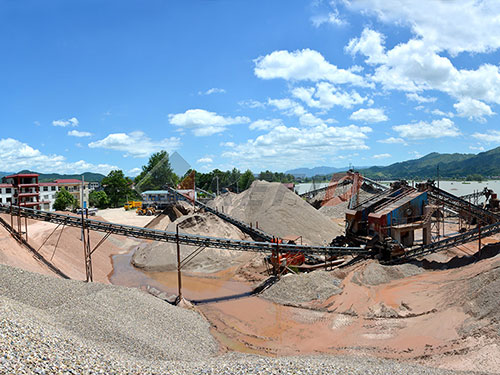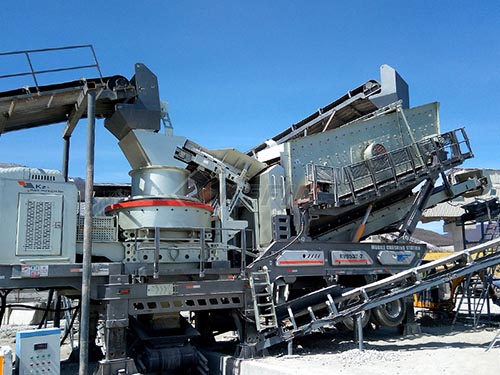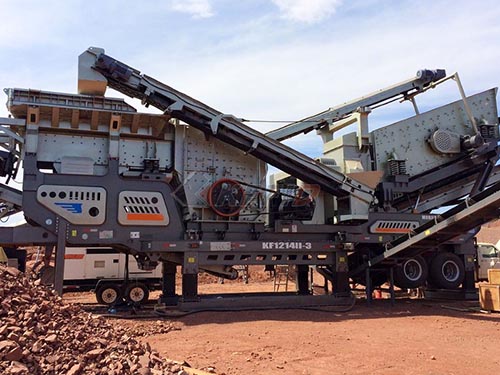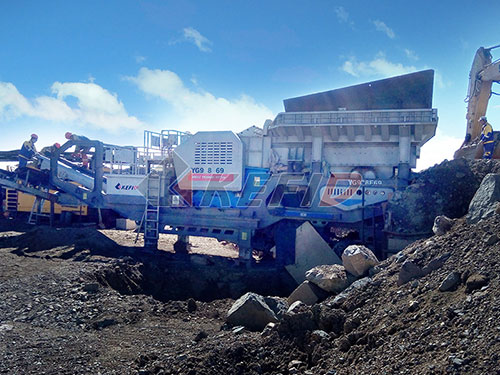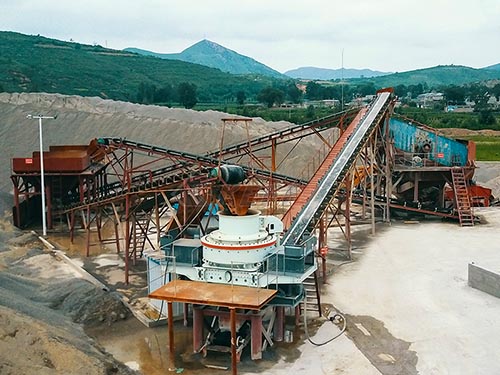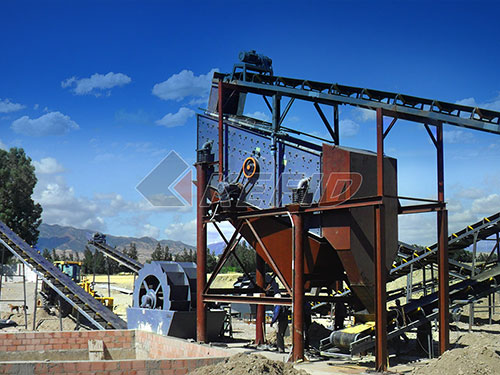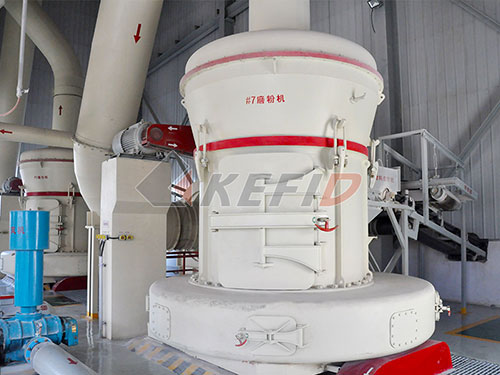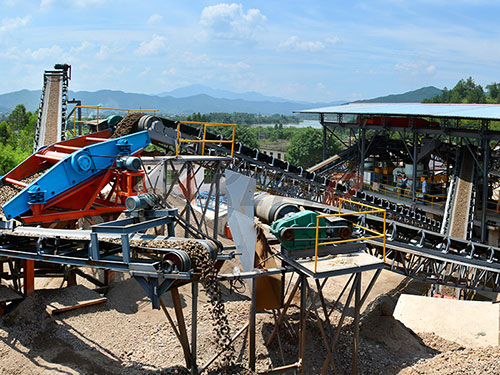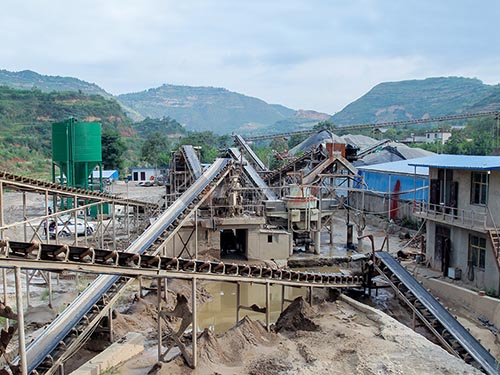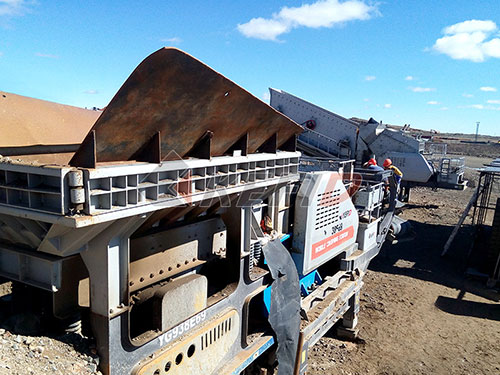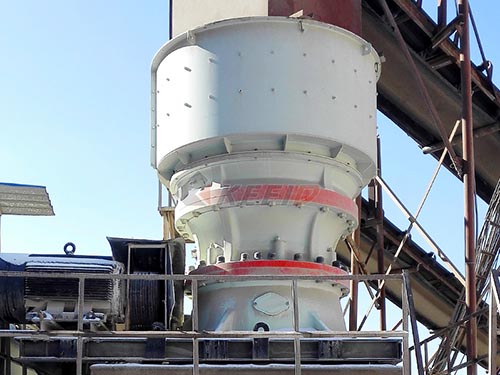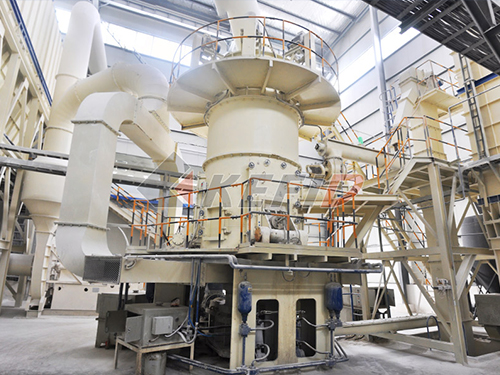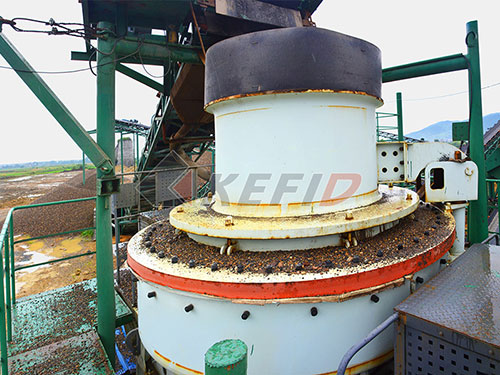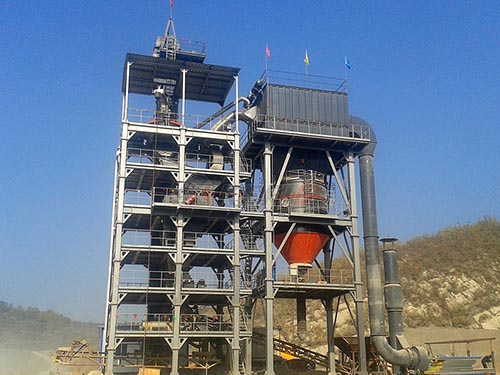Unlocking Efficiency: Your Guide to Red Rhino Crushers For Sale
In the demanding world of construction, demolition, recycling, and landscaping, maximizing productivity while minimizing costs and environmental impact is paramount. For contractors seeking powerful yet compact crushing solutions, Red Rhino Crushers consistently stand out as a premier choice. If you’re exploring Red Rhino crushers for sale, understanding their unique advantages is key to making an informed investment.
Why Choose Red Rhino?

Red Rhino has built a formidable reputation based on core principles perfectly suited to modern job site challenges:
1. Unmatched Compactness & Mobility: This is arguably Red Rhino’s defining strength. Their crushers are engineered to be incredibly small and lightweight compared to traditional crushing plants. This translates directly into significant benefits:
Easy Transport: Fits onto standard trailers or even large trucks like MANs without requiring special permits in many regions.
Exceptional Site Access: Navigates tight spaces – ideal for urban demolition projects, constrained building sites, narrow country lanes, or working within existing infrastructure.
Minimal Ground Preparation: Often requires little to no concrete foundations or complex setup.
On-Site Crushing: Process materials directly where they are generated (demolition waste, excavated rock) slashing haulage costs and skip hire fees dramatically.
2. Impressive Power & Performance: Don’t let the size fool you. Red Rhino crushers pack a serious punch using robust jaws powered by efficient hydraulic systems or diesel engines (depending on the model). They efficiently process concrete, brick, asphalt, natural rock (up to specified hardness), and glass into valuable aggregate.
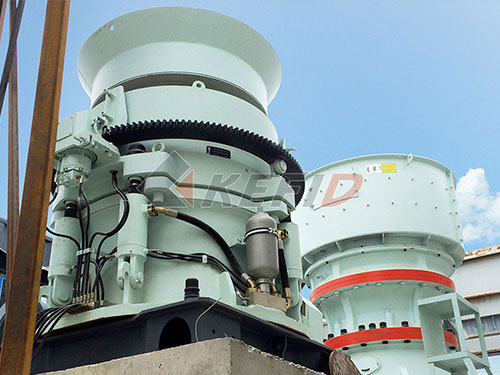
3. Versatility Across Applications: A single Red Rhino machine can tackle diverse tasks:
Recycling demolition waste into reusable hardcore or Type 1 sub-base.
Crushing excavated stone for landscaping projects or drainage layers.
Processing site-won rock for construction fill.
Reducing volume of rubble for cheaper disposal.
Creating decorative aggregates.
4. Cost-Effectiveness: The combination of low initial purchase price (compared to larger plants), reduced transport/haulage expenses due to on-site processing, minimal setup costs, and fuel efficiency makes Red Rhino crushers offer an excellent return on investment.
5. Ease of Operation & Maintenance: Designed with the operator in mind, these machines feature intuitive controls and straightforward access points for routine servicing.

